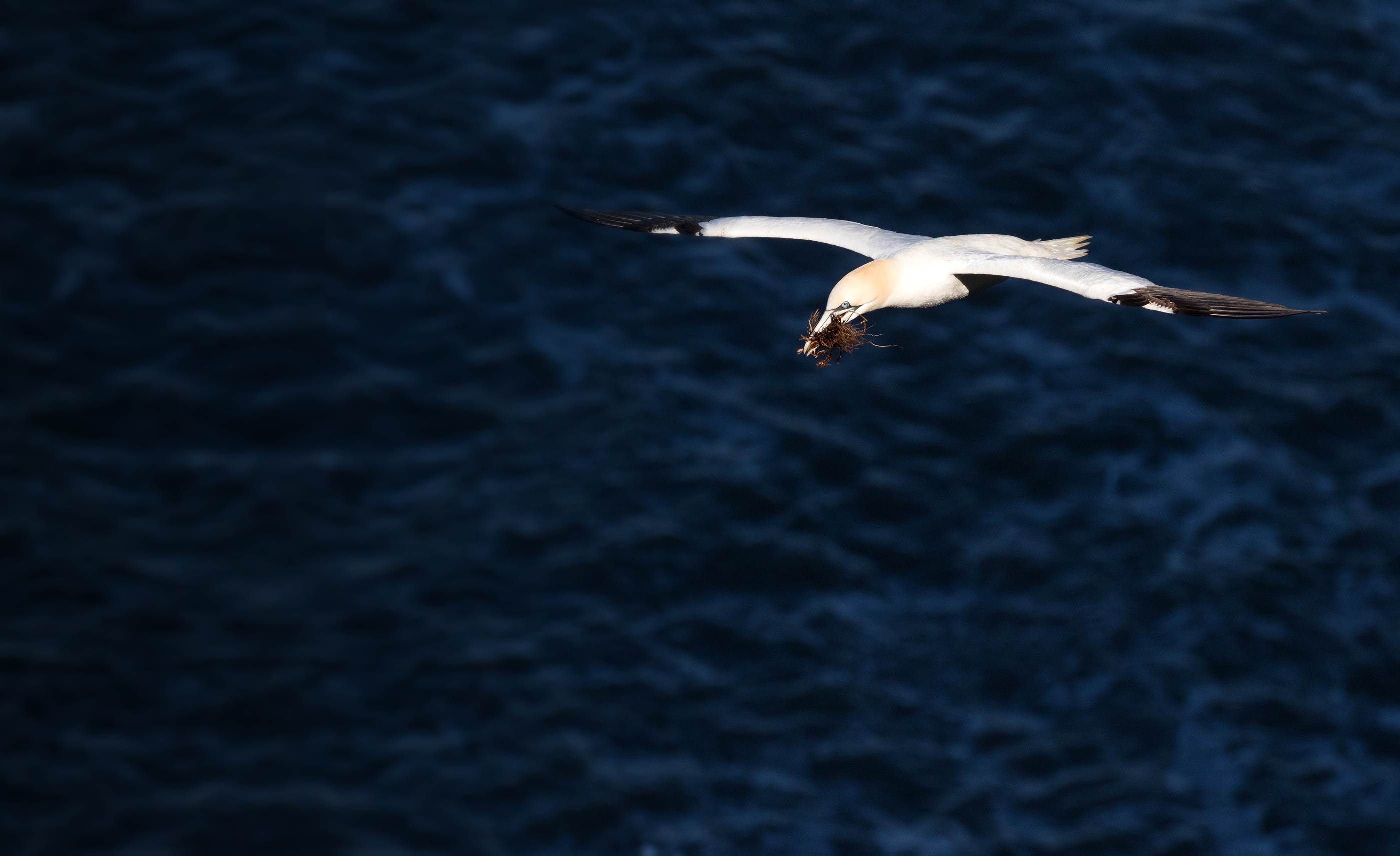Skinner is the sixth of our tagged Cuckoos this spring to undertake the second leg of the journey back to the UK, however, his route to West Africa is a very interesting one. At 3am on 17 March he was in Cameroon, the battery voltage of his tag was low but the recorded temperature was high, c. 36 degrees which pointed to him being stationary at this time.
The tag sprang into life on 18 March, between 10am-4pm, this time the temperature was low – 12-20 degrees, so he was in active migration. He was still in migration mode at 5pm but by 6.18pm he was presumably on the ground as the temperature had increased to 30 degrees.
During his transmission cycle he travelled 500km in 9.75 hours, so was flying at a speed of 51kmph. It is difficult to say exactly what time he left Cameroon to begin his journey into West Africa but we suspect it was at dusk (around 6pm) on the 17 March.
After leaving Cameroon, we picked him up again over the sea in the Gulf of Guinea. To make it to this point he would have been flying for 16-17 hours and so was in active migration during daylight hours- not something we've seen before, except when flying over desert! From here he carried on for another 520km, making landfall in Togo around 6pm on the evening of the 18 March.
We have had many instances of cuckoos migrating over the Sahara by day but none before of them properly migrating by day at other points on the annual cycle (except one which moved across northern Ghana by day, but not in one movement at altitude in this case, and therefore more accurately described as searching for suitable areas than migrating). We guess that Skinner found himself over the sea at daybreak, having started his flight from unusually far south in Cameroon, and decided to carry on towards his target area.


